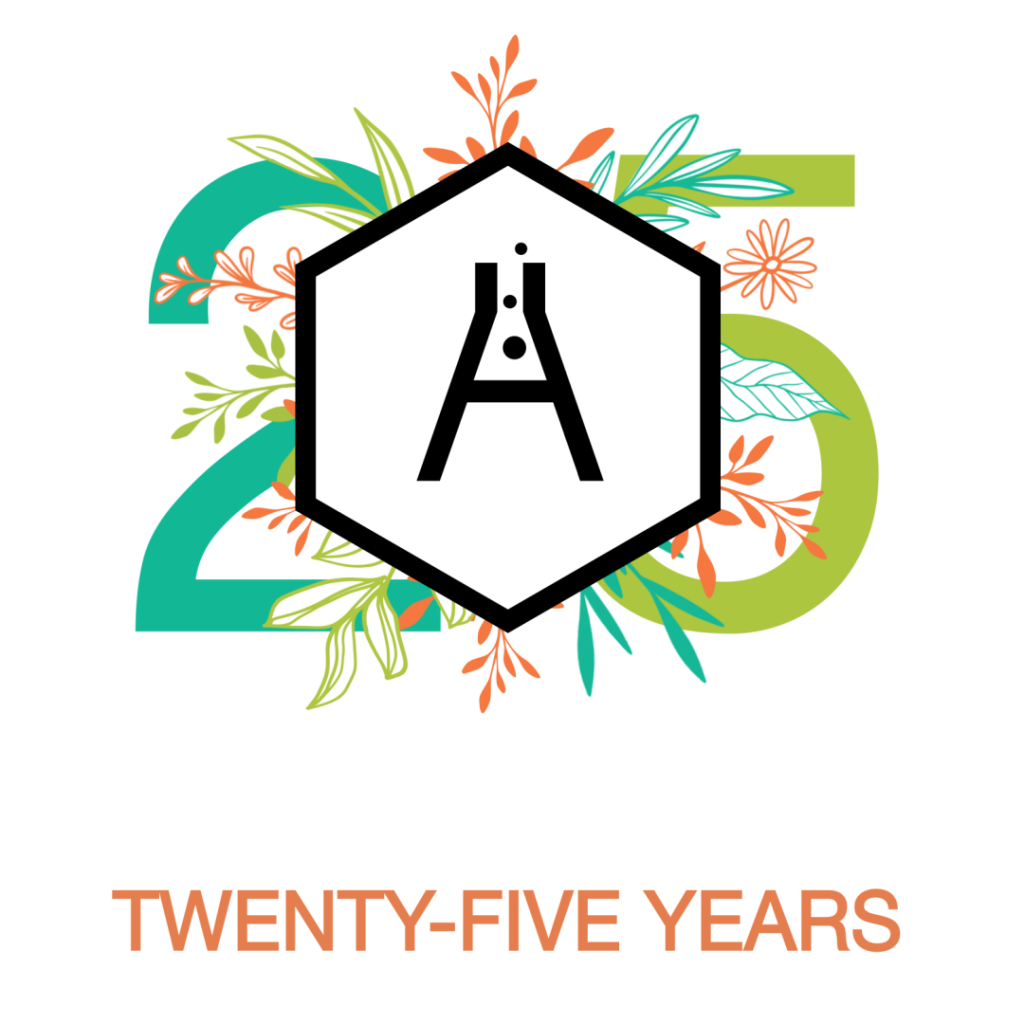
IDENTITY TESTING

Botanical Genus, Species and Plant Part
At the heart of regulatory compliance, and providing safe and effective botanical products, is the basic question of identity. Plant chemistry is complex and made more complicated by today’s production techniques. Adulteration with the wrong plant or plant part is all too common. Proper botanical identification – confirming botanical genus, species, and plant part – is critical.
Watch how a sample moves through our lab to provide you with reliable data.
IDENTIFY
Many plants have close relatives that look and smell very much alike. Sometimes they have similar actions, other times very different ones, occasionally one is safe and effective, but the other is toxic. Your product label is required to be specific and accurate, so you need to know the genus and species on any plant you plan to sell.

HERBARIUM
Alkemist Labs has developed one of the largest collections of analyzed and verified botanicals in the industry. This herbarium, now containing more than 15,000 botanical specimens, is utilized as part of identity testing, and allows us to compare herbs of commerce over a 20-year time span.
COMPOSITE REFERENCE BOTANICALS
Custom blends of verified botanicals from multiple sources allow more accurate identity testing. Seasonal & regional variabilities can cause slight variations in botanicals which single source samples can’t accommodate, which can mean an unnecessarily rejected lot of raw materials. Our composites solve that problem.
OUR TOOLS AND METHODS
We work with our clients to ensure test methods are appropriate for their intended use by identifying and using an appropriate scientifically valid method for each established specification.
MICROSCOPY
Microscopy is one of the oldest and still most effective techniques employed to assess identity and quality of botanicals. It often times is able to detect adulterants and contamination including fillers, extracts, and incorrect plant parts. This technique is applicable to crude raw botanicals from powdered to whole form and is a preferred technique.
HPTLC
High Performance Thin-Layer Chromatography (HPTLC) assess identity and quality of botanicals and various ingredients. Many times the test is able to detect adulterants and contamination, such as including incorrect plant parts, closely related species, and unknowns. This technique is applicable to crude raw botanicals from powdered to whole form, extract (powdered or liquid), and finished product/blends. HPTLC is the preferred technique worldwide.
HPLC FINGERPRINT
High Performance Liquid Chromatography (HPLC) Fingerprinting is a useful and complementary technique used to assess identity and quality of complex herbal blends and various ingredients from a marker compound perspective. Chromatographic fingerprints give information assisting manufacturing control and assuring batch to batch conformity.
CRBs
Composite Reference Botanicals (CRBs) are custom blends of verified botanicals from multiple sources and locations to support internal lab testing. Each component is internally qualified and then combined to create a better representative sampling of the botanical versus any single reference botanical available on the market.
THE ALKEMIST LABS DIFFERENCE
The level of expertise demonstrated by the lab you’ve chosen speaks volumes about your commitment to accurate identity testing. The correct analytical technique needs to be properly chosen and matched to each individual test sample so that botanical species and plant part can be confirmed in compliance with regulatory requirements.
- Alkemist Labs is ISO/IEC 17025 accredited by A2LA
- Our scope covers dietary supplement and botanical identification by HPTLC and Microscopy
- CBD method and the new terpenes method included in this accreditation
- Each client has a dedicated account manager ensuring your needs are met
- Our technical team is always accessible to discuss your report

